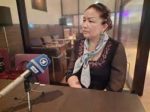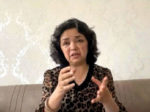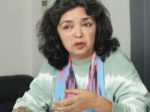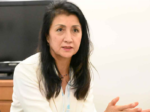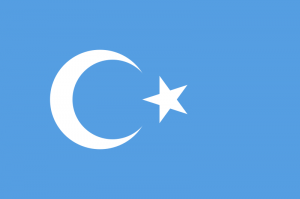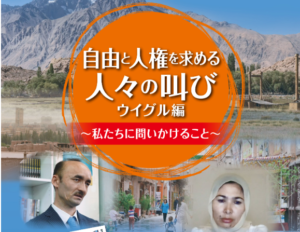G7 Hiroshima Summit Day 2: Zelenskyy Arrives as Meetings Focus on Global South
- 2023/5/21
- English
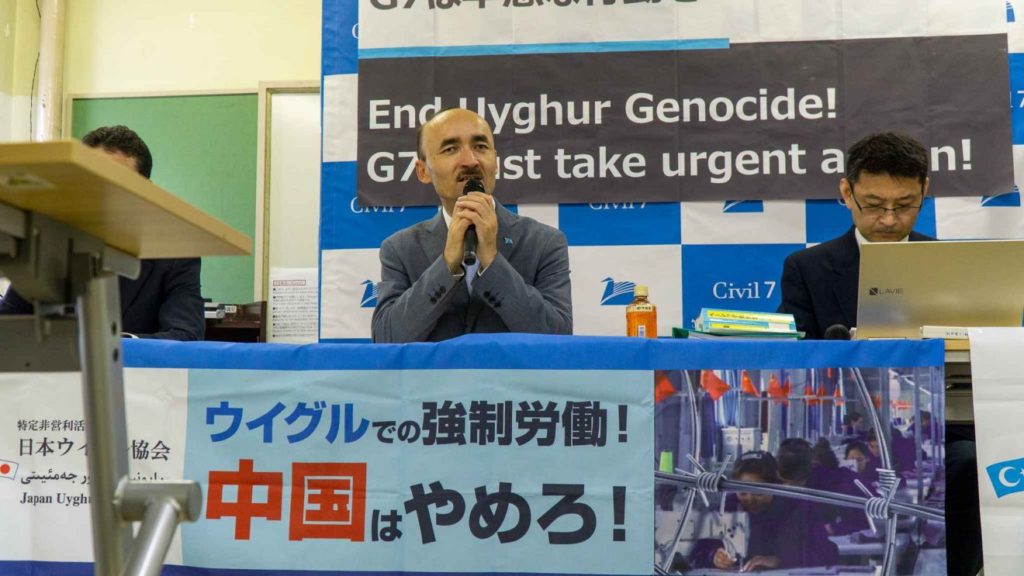
Catch day two’s highlights and surprises at the G7 Hiroshima Summit as the leaders’ communique is released early amid focus on the Global South and Ukraine.
JAPAN Forward, May 21, 2023, By Arielle Busetto
On May 20, the second day of the G7 Hiroshima Summit, the morning was marked by a myriad of bilateral meetings. For example, between Japan (and other G7 partners) and India, Indonesia, and Brazil.
Moreover, India and Indonesia are key partners for G7. Respectively, they chair the G20 and ASEAN. In the afternoon, Japan’s Prime Minister Fumio Kishida spent time with country leaders from Vietnam, South Korea, and Australia, along with other observer parties.
This pattern was broken, however, around 3:30 PM. That is when a much-awaited guest of the summit arrived in Hiroshima: Ukraine’s President Volodymyr Zelenskyy.
Suffice it to say, it’s turning out to be one of the most diverse and important G7 in recent years. And it is this group which sent a message of unity to the world.
Ukrainian President Lands in Hiroshima
Zelenskyy descended the stairs from the French plane flight alone. It was his first-ever visit to Asia. He was escorted to the main venue for the summit, the Grand Prince Hotel Hiroshima.
The Ukrainian president kicked off his visit in bilateral meetings with Italian Prime Minister Giorgia Meloni. This was followed by meetings with British Prime Minister Rishi Sunak, Indian Prime Minister Narendra Modi and French President Emmanuel Macron. In general, he was expected to continue appealing for access to F16 and other support.
JAPAN Forward will have a special report on the Sunday May 21 session dedicated to the status of the war in Ukraine.
Leaders’ Communique Calls Out China by Name
G7 leaders unveiled the final communique from the summit in the afternoon of the second day. In the 40-page behemoth, there was one key elephant in the room. That was a many-faceted discussion on China.
In a rare move, it also addressed China – and Russia and North Korea – by name, calling for their adherence to the rules of the global order.
Highlighting Human Rights and Economic Coercion
In the morning, a small demonstration with 250 participants calling G7 to condemn nuclear arms took place in the center of Hiroshima.
Activists elsewhere used the summit as a platform to raise awareness on a broad range of issues. Retepu Afumetto of the Japan Uyghur Association held a press conference to encourage G7 countries to condemn China’s human rights violations, especially against minorities in the Xinjiang region.
A United Nations report has documented China’s systematic forced labor and internment of the Uyghur minority. However, international companies such as UNIQLO and Nike have been caused concern. They are accused of failing to guarantee that their materials do not come from the Xinjiang region. Unfortunately, fear of economic retaliation from China is cited by many companies as the reason for not openly condemning operations in Xinjiang.
On this, the G7 leaders’ communique calls for “the launching of the Coordination Platform on Economic Coercion.” This has been seen as a clear nudge against China’s strategy of economic retaliation when diplomatic spats arise.
Afumetto commented on the new step. “We welcome a move on economic coercion. However, countries around the world need to abandon the practice of engaging in business first and asking questions on human rights later.”
He added, “It needs to become the basic standard. If you respect human rights, then we will do business with you. And that is the approach I would like countries to take with China.”
Addressing Clean Energy, Gender, Technology
On first impression, some of the notable issues mentioned are:
-
-
- Economic resilience and security have become buzzwords. They refer to economic diversification and highlight a different trend compared to sweeping globalization.
- “Clean energy economies” is also new. In full text, this is “Clean energy economies of the future through cooperation within and beyond the G7.” It will become a new focus of attention as countries again strive to reach sustainable development goals.
- Launch of the Hiroshima Action Statement for Resilient Global Food Security. It represents a new push to address food security for developing countries and responds to the food insecurity problems that have faced the world since the start of the War in Ukraine.
- There is also a push for quality infrastructure through the Partnership for Global Infrastructure Investment (PGII). Aiming to mobilize up to $600 billion USD in financing, it, too, is a feature of the G7’s outreach to countries of the Global South.
-
Other themes worthy of mention were technology, health, and also gender. This latter one was closely monitored given the debate on a draft law proposal regarding the LGBTQ in Japan.
In addition, the communique should serve as a guide to ongoing debates about the issues, in Japan and internationally.
Look for more in-depth articles over the coming days as JAPAN Forward unpacks more on these topics.
Things to Watch For on May 21
Clearly, the key session of the final day is the briefing on the status of the Ukraine war by President Volodymyr Zelenskyy. Anticipation is also rising on the Ukrainian leader’s possible visit to the Hiroshima Peace Memorial Park.
Another item on the final day’s agenda is a trilateral meeting between the United States, Japan, and South Korea. Relations between these three countries have been growing closer recently, in part pushed by North Korea’s aggressive military behavior.
Fun Fact of the Day
Here’s an update on the sock diplomacy. British PM Rishi Sunak sported socks on May 18 featuring the logo of PM Kishida’s favorite baseball team, the Hiroshima Toyo Carps. Hiroshima-based newspaper Chugoku Shimbun also reported on the aftermath on May 20. It seems that a shop in the city saw increased sales following the news trending on Twitter, and sold out within the day.
Follow the G7 Hiroshima Summit on Twitter, Facebook, Instagram, and here on JAPAN Forward.
RELATED:
Author: Arielle Busetto


